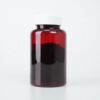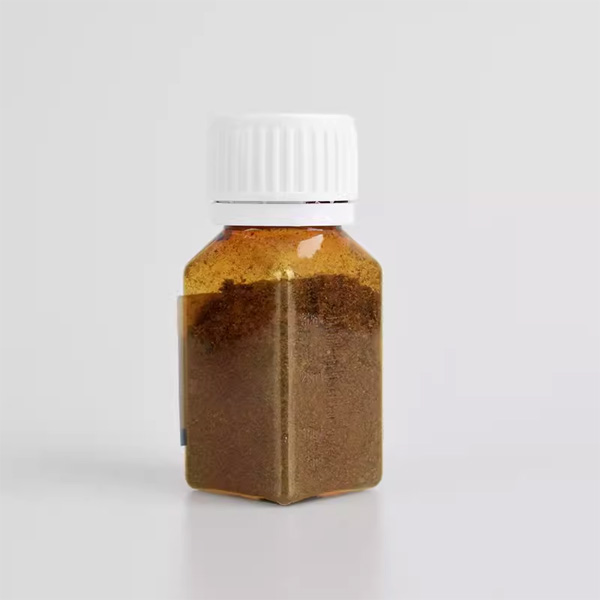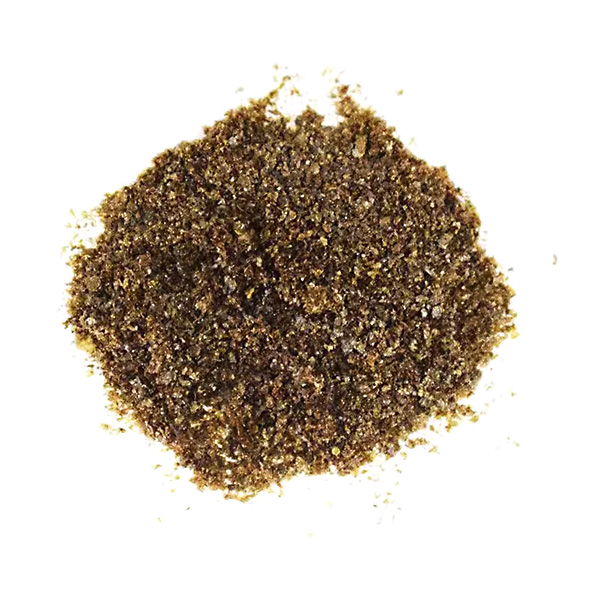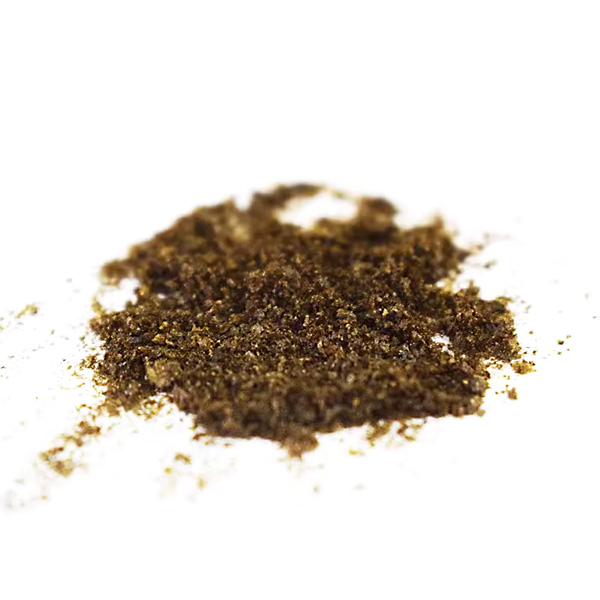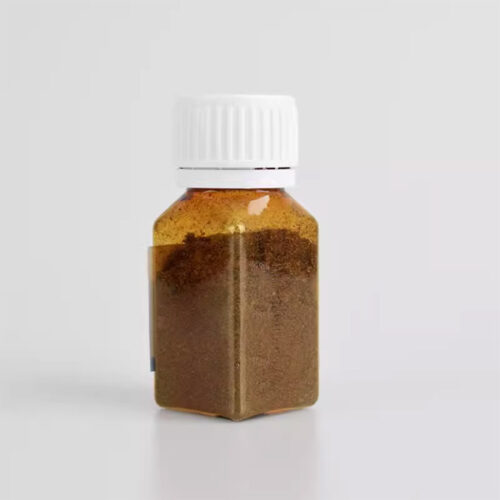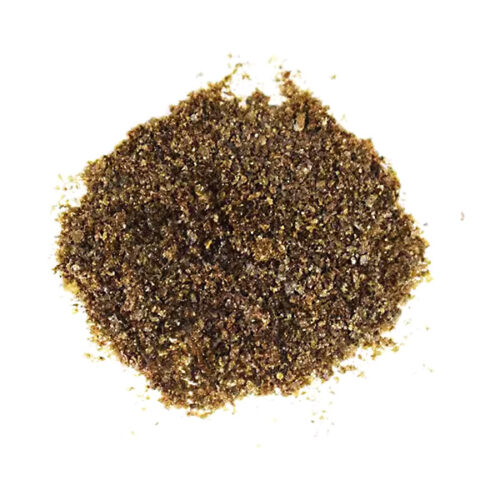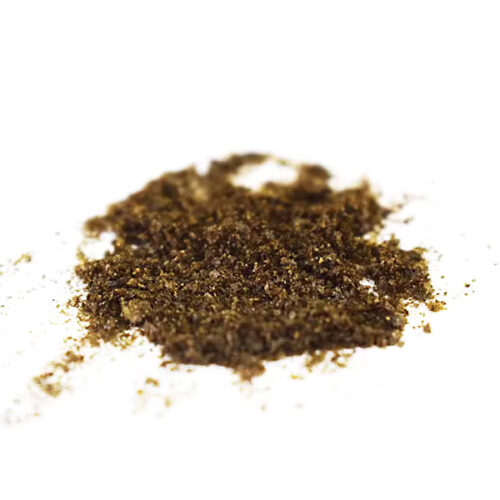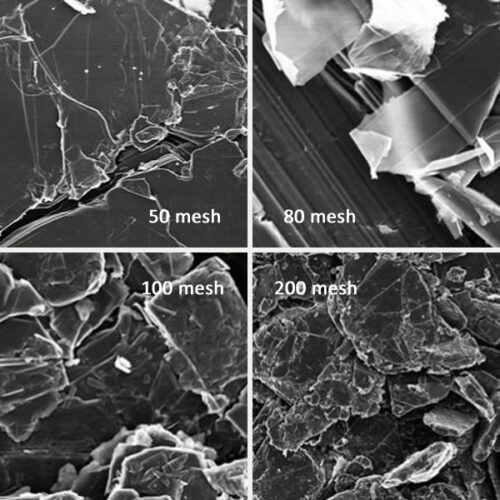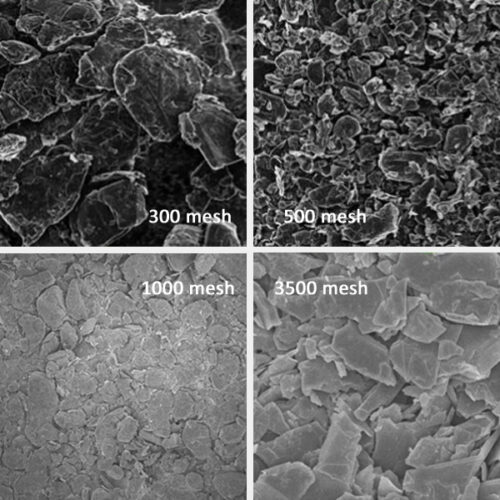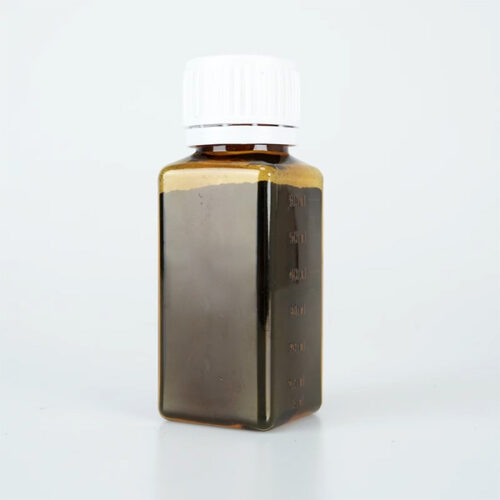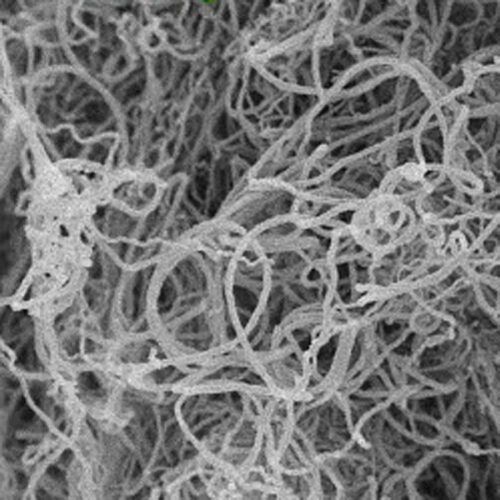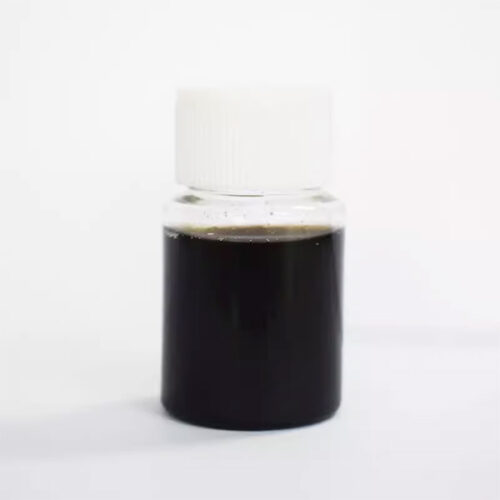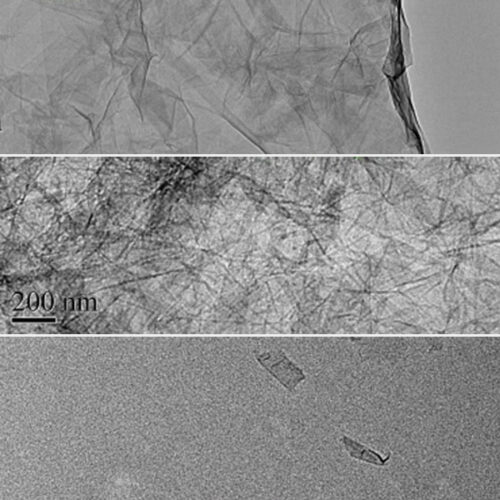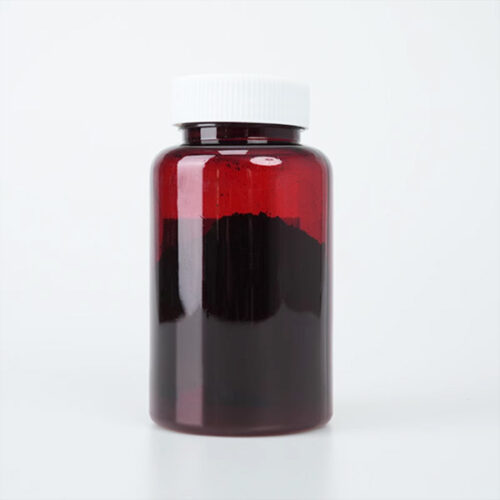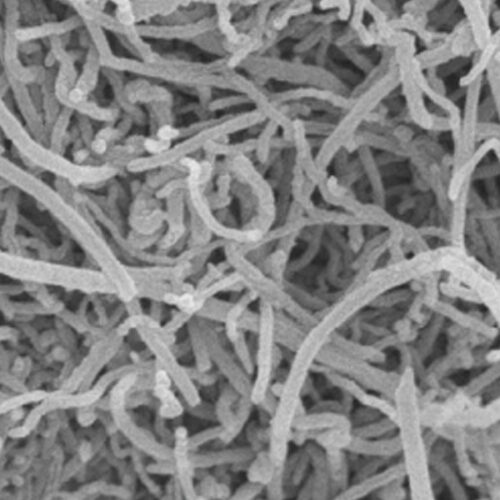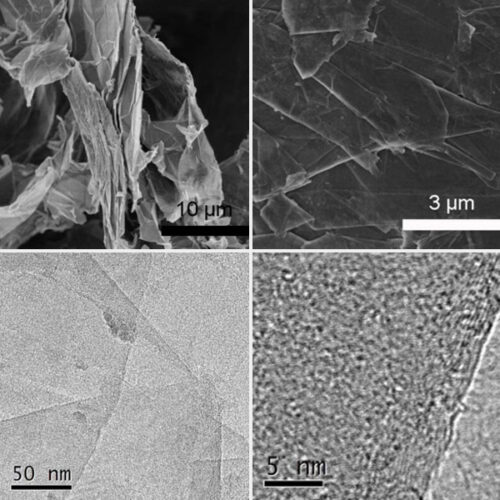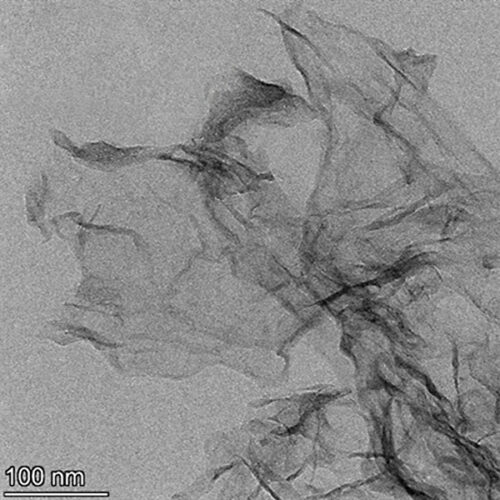Single Layer Graphene Oxide Powder
Introduction:
Single-layer graphene oxide powder refers to a powdered form of graphene oxide consisting of individual graphene oxide sheets, with each sheet being only one atom thick.
Chemical oxidation processes produce graphene oxide from graphite, resulting in the insertion of various oxygen-containing functional groups onto the graphene basal planes and edges.
The “single-layer” aspect indicates that each graphene oxide sheet in the powder consists of a single layer of carbon atoms, similar to pristine graphene, but with the addition of oxygen functional groups. These functional groups, such as epoxides, hydroxyls, and carboxyls, introduce defects and disrupt the sp² hybridization of carbon atoms, rendering graphene oxide an insulator with reduced electrical conductivity compared to pristine graphene.
It retains many of the unique properties of graphene, such as high surface area, mechanical strength, and chemical versatility, while also exhibiting properties specific to graphene oxide, such as hydrophilicity and dispersibility in water.
Product parameters:
| Product name | Single layer graphene oxide powder |
| Diameter | 500nm-5 μm |
| Single layer ratio | ~99% |
| Thickness | 0.8-1.2 nm |
| Purity | ~99% |
Applications:
Electronic Devices:
Can be used to fabricate flexible electronic devices, transparent conductive films, and field-effect transistors. Its high electrical conductivity and mechanical flexibility make it an ideal material for producing flexible electronic devices.
Energy Storage:
Materials prepared from single-layer graphene oxide powder can be used in supercapacitors and lithium-ion batteries. Its high surface area helps to increase charge storage capacity and ion diffusion rate.
Sensors:
Can be used in gas sensors, biosensors, and environmental monitoring sensors. Its high surface area and ability to interact with target molecules make it an ideal material for the sensor field.
Composite Materials:
Mixing single-layer graphene oxide powder with polymers can enhance the mechanical strength, thermal conductivity, and electrical conductivity of composite materials.
Catalysts:
Can serve as a catalyst support for various chemical reactions. Its high surface area and adjustable surface properties can enhance the dispersibility and activity of catalysts, thereby improving the efficiency and selectivity of catalytic reactions.
Biomedical Applications:
Can be used in drug delivery systems, tissue engineering scaffolds, and biosensing platforms. Its biocompatibility and ability to interact with biomolecules make it an important material in the biomedical field.

